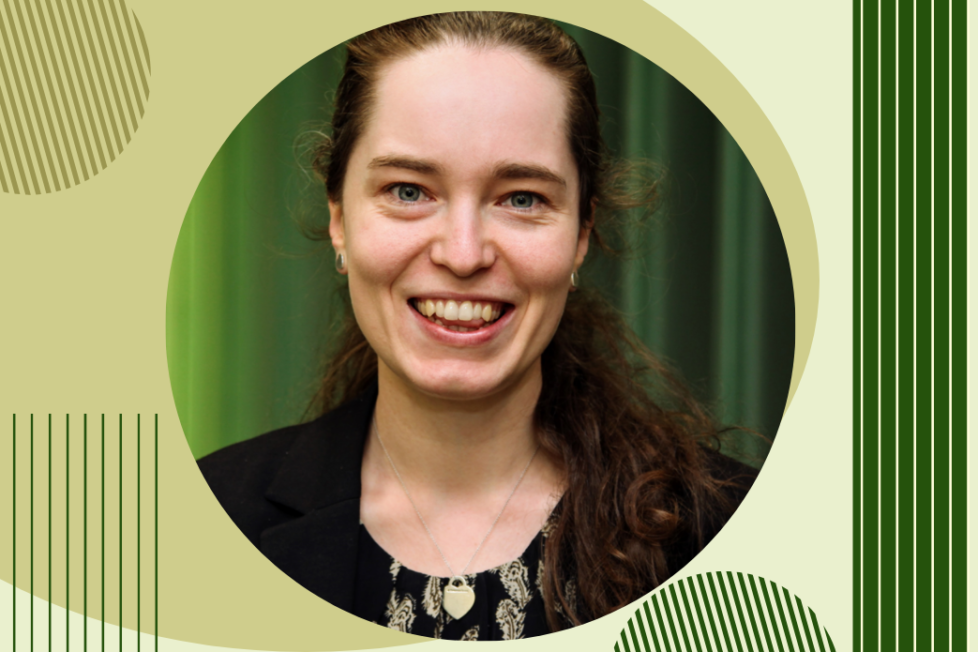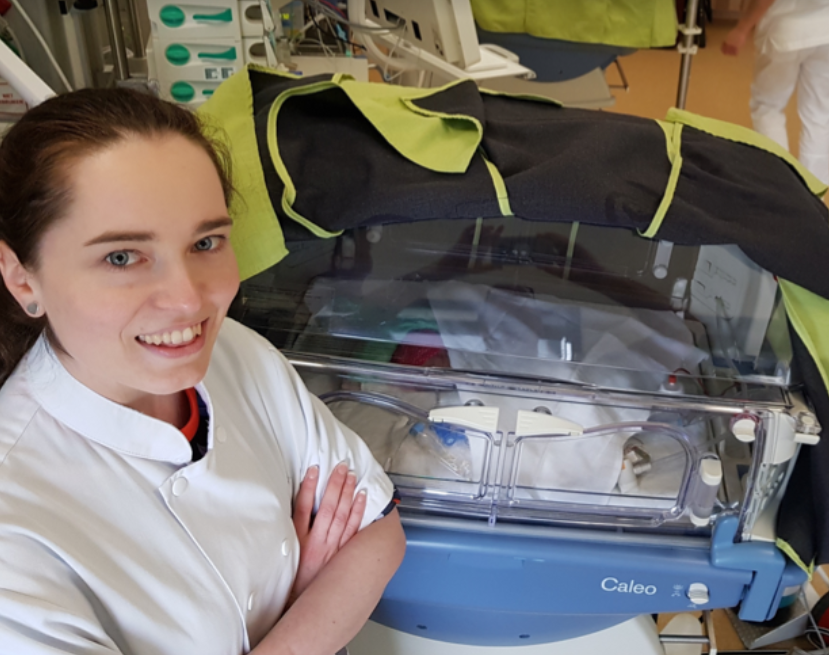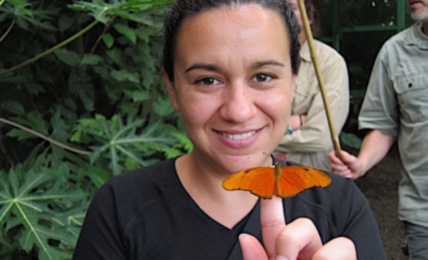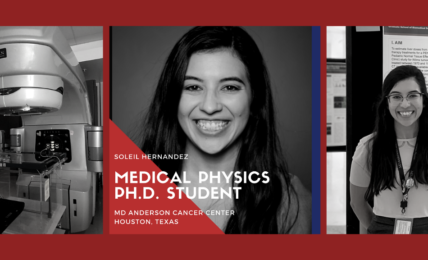PROFILE: Dr. Erin McGillick, fetal & neonatal physiology Research Fellow
My name is Dr. Erin McGillick and I am a fetal and neonatal physiology Research Fellow at the Hudson Institute of Medical Research and Monash University. I am also currently a director of the Australian Society for Medical Research.








